What the Sokushinbutsu tell us
In the past, Sokushinbutsu were respected mainly by local people as hibutsu, or hidden Buddhas. Due to the inclusion of Sokushinbutsu in the Michelin Green Guide Japan, many people, not only from Japan but also from overseas, have come to know of the existence of Sokushinbutsu and are visiting them.
Why don't you go on a pilgrimage to see the Sokujibutsu, which still exist and watch over the prayers of people?"
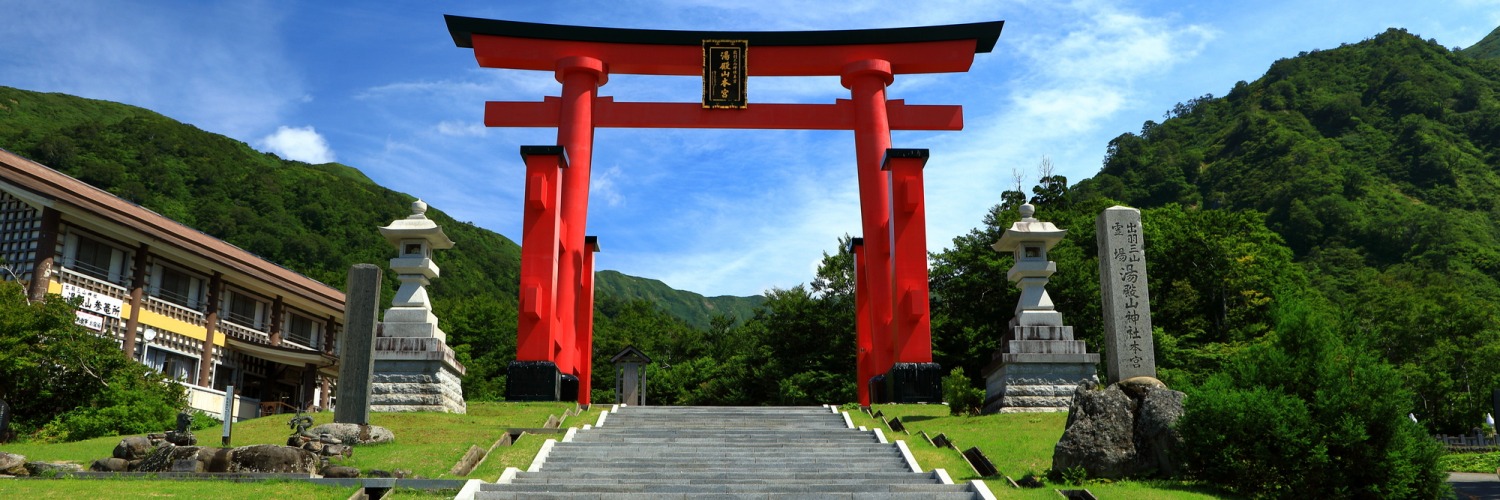
What is a Sokushinbutsu?
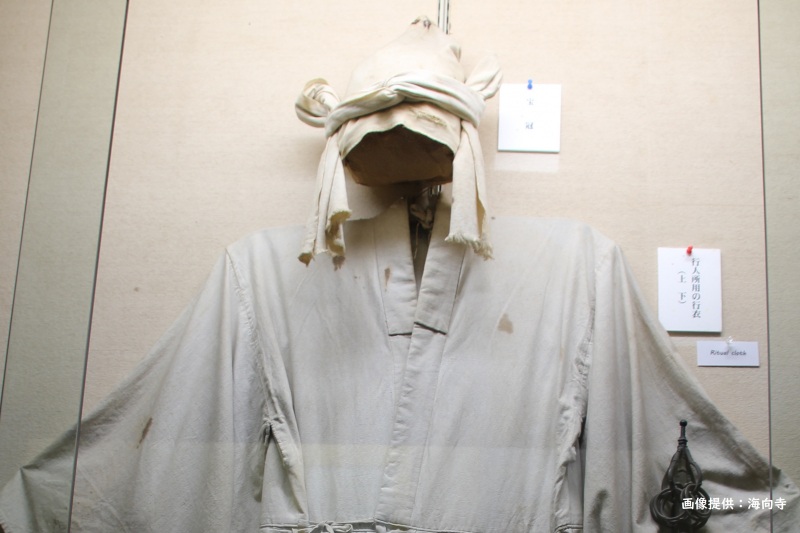
A Sokushinbutsu is a person who became a Buddha, sacrificing their own body for a challenging ascetic practice, in order to save other people from the pain and troubles of famine and sickness by receiving those troubles on their behalf. Only those who endured the practice of the mountain asceticism could become Buddhas, and they were not allowed to give up halfway.
Even today, those practitioners who are now Sokushinbutsu must be praying for people to lead calm, peaceful lives. Since the law was changed in the Meiji period (1868-1912), it is no longer possible to become a Sokushinbutsu even if one wishes to do so, as it would violate the law. The Sokushinbutsu are thus very valuable Buddhas.
What kind of ascetic practice was necessary to become a Sokushinbutsu?
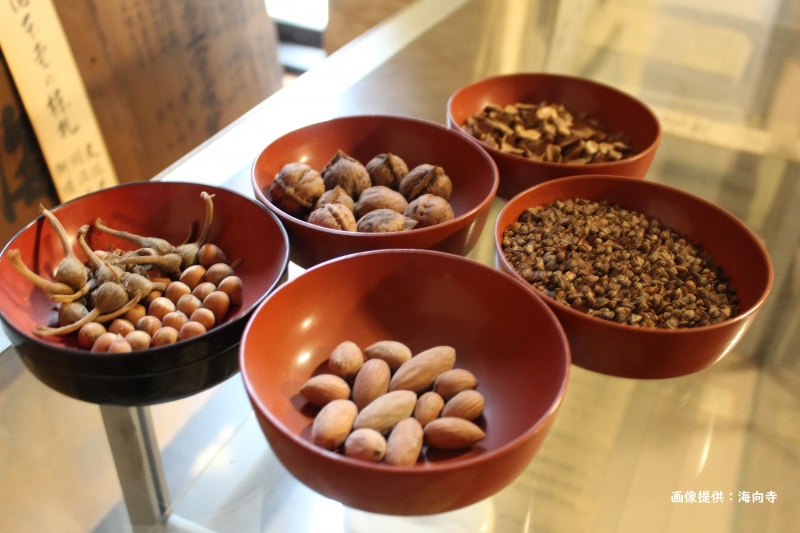
There were two main types of ascetic practices to become a Sokushinbutsu known as Mokujiki Shugyo and Dochu Nyujo.
Mokujiki Shugyo was a practice in which a practitioner had to stay in the mountains for 1,000 to 5,000 days, cutting out grains such as rice, wheat, beans, barnyard millet and foxtail millet, and living only on the fruits of trees and plants that grow in the mountains. By doing this, the practitioner would reduce his body fat and bring his body to a state close to a Sokushinbutsu while still living.
In the Dochu Nyujo practice, when a practitioner realized that he was nearing the end of his life, he would shut himself in a stone chamber in a 3-meter deep hole. This is the last ascetic practice in which he would fast, ring a bell, and continue to read sutras.
Three years and three months after the person's death, the body would be treated and dried before being enshrined as a Sokushinbutsu.
Are Sokushinbutsu different from mummies?
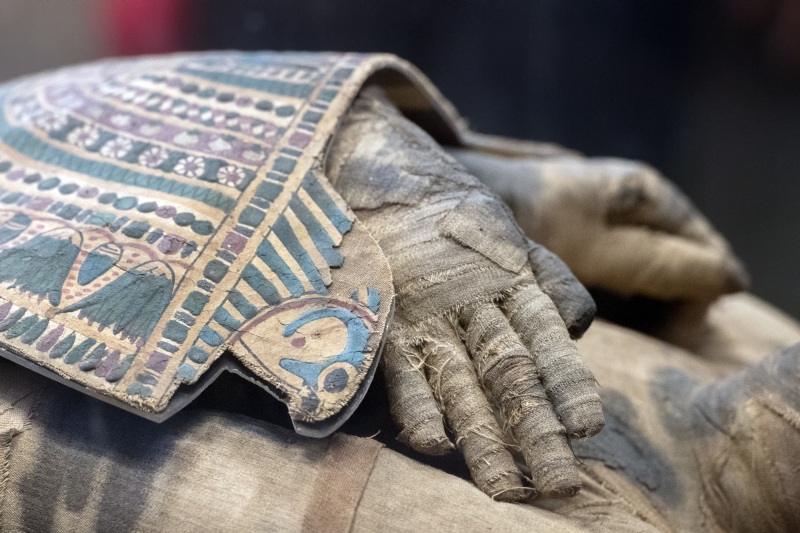
It is often asked whether Sokushinbutsu are the same as mummies. Actually, they are completely different.
Generally, after death, mummies had their organs artificially removed and embalmed to prevent decomposition of the body. They were then dried, wrapped in cloth, and placed in a coffin. The fact that they are artificially treated and wrapped in cloth is one main difference, but the most significant difference from mummies is that Sokushinbutsu endured what is called difficult and painful ascetic practices in order to reach Sokushibutsu status.
Mount Yudono, a sacred place for the ascetic practice of secluding oneself in the mountains
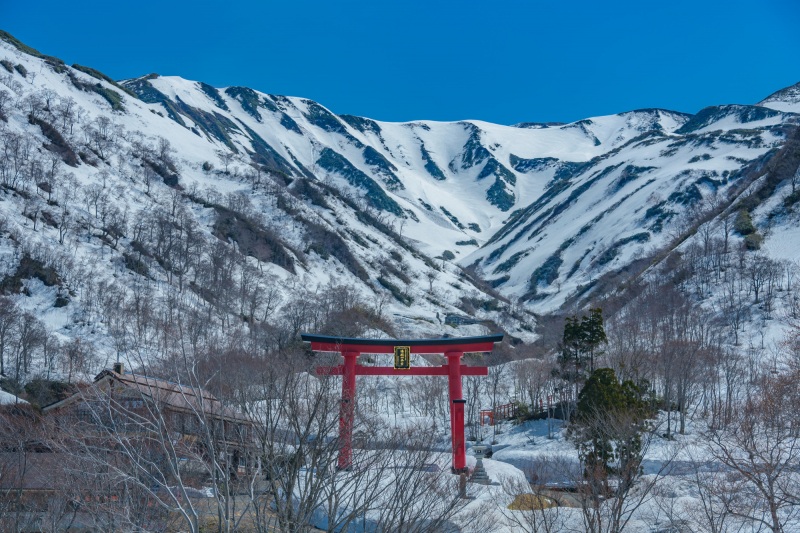
Senninzawa of Mount Yudono is the inner sanctuary of the Three Mountains of Dewa, and was a sacred place for the ascetic practice of secluding oneself in the mountains. The ascetic practice period was 1,000 days at the shortest. In winter, Mount Yudono is so snowy that is practically buried under the snow, and even then practitioners were not allowed to descend from the mountain. In addition to the cold weather, it was difficult to procure food, and the asceticism was so severe that some people collapsed as they practiced it.
Even today, Mount Yudono is known as a sacred place for mountain worship and is constantly visited by worshippers. The main shrine of Yudonosan Shrine is known for its strict rules prohibiting photography and wearing shoes. Walk barefoot along the shrine road and feel the spirit of the mountain earth as felt by the practitioners of the mountain ascetism.
Six temples open to the public
Sokushinbutsu are rare in Japan. In Yamagata Prefecture, there are six temples where you can see them: Kaikoji Temple, Nangakuji Temple, Honmyoji Temple, Dainichibo Temple, Churenji Temple, and Zokoin Temple. Some temples may require reservations, so it is recommended to contact them in advance before visiting.